Safety for Sheep and Shepherd
 Print This Post
Print This Post
By Linda Poole, Regenerative Grazing Specialist
When NCAT’s Livestock Team recently held a series of webinars for people considering a new livestock enterprise, many folks indicated they were thinking of getting sheep. Sounds good to me! Sheep were first domesticated 11,000 years ago, and for centuries women and children tended sheep or goats while men managed larger, potentially more dangerous stock, such as cattle and horses. Today, sheep can be handled without a lot of expensive infrastructure, and well-socialized sheep are friendly, calm, and fun to be around.
But with their small size and cute-and-fuzzy-factor, it’s easy to underestimate sheep. It’s also a fact that they can maim or kill you. This is not intended to cause you to fear sheep; it is fair warning to respect them. Safety is especially important if you’re working sheep alone, without someone to watch your back or lend a hand if things start to go sideways.
Safety with sheep is a topic better suited to books than blogs, but by paying attention to these common-sense guidelines, shepherds can work more safely:
- Source your sheep from a reputable breeder. Those cheap sheep on Craigslist or at the auction barn might harbor health or behavior issues that you just don’t need in your life.
- NEVER turn your back on a ram, and this goes double during breeding season. Tame rams can be the worst, going from Dr. Jekyll to Mr. Hyde in an instant when their hormones surge during breeding season. Don’t play with or pet rams. Petting a ram is like feeding a bear – neither usually ends well for the animal.
- Ewes can thump you, too, especially when they have baby lambs. Stay attentive to the body language of sheep around you.
- Keep your head up and eyes open when you bend or kneel to eye level with sheep. This can invite a charge, and it puts you right where a sheep can inflict maximum damage.
- Instill respect in your sheep. I train sheep to keep at least a few feet away from me unless I invite them in closer. My tool for this is a plastic grocery bag tied to the stout handle of a 6’ long leg crook. Working the flock, I hold the stick still beside my leg until I want the sheep to move off, then I gently wiggle the bag low to the ground. If I want more energy in the sheep, I lift the stick higher and give the bag a stronger shake. If necessary, I can use the stick as a prod to repel a disrespectful sheep. To catch a sheep, I herd it into a stout fence corner, and then use the crook to carefully catch its leg without ever getting my head down where I could get rammed.
- Always be alert, fair, and firm. Practice low-stress stockmanship. Good stockmanship is essential to safety for sheep and shepherd!
- Many old shepherds, myself included, have bad knees and sore backs from foolishly trying to block or catch a running sheep. Use your brain, save your body: set things up to keep sheep from stampeding in the first place. And if they do, step aside and let them go. Then start over, this time keeping things calm.
- Working yards don’t need to be large or fancy, but they must have good footing, good visibility, and sound fences in a sheep-smart layout.
- Implement biosecurity. Some diseases are communicable between humans and sheep. Good hygiene practices reduce the risk of passing diseases between species. If you develop an unexplained malady, tell your doctor that you raise sheep.
- What’s your emergency plan? Do you have an escape route? Got your mobile phone? Does someone know where you are, when to expect you back, and what to do if you don’t show up?
- One of the most useful references on safety for shepherds is (ironically) the Beef Quality Assurance Handbook. For sheep-centric information, consult the guide Safe Sheep Handling.
Small ruminants are wonderful creatures and can be the basis of a rewarding, fun, and profitable business — so long as you always think of safety first.
Related ATTRA Resources:
Other Resources:
10 Easy Sheep Handling Tips To Make You a Confident Shepherd
This blog is produced by the National Center for Appropriate Technology through the ATTRA Sustainable Agriculture program, under a cooperative agreement with USDA Rural Development. ATTRA.NCAT.ORG.

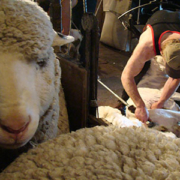
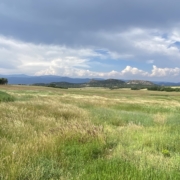
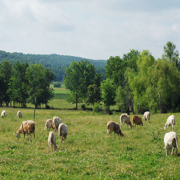
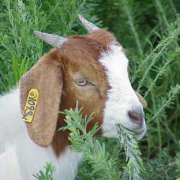
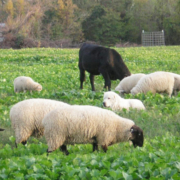 NCAT
NCAT
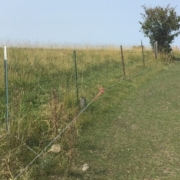
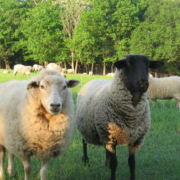
 CanvaPro
CanvaPro

